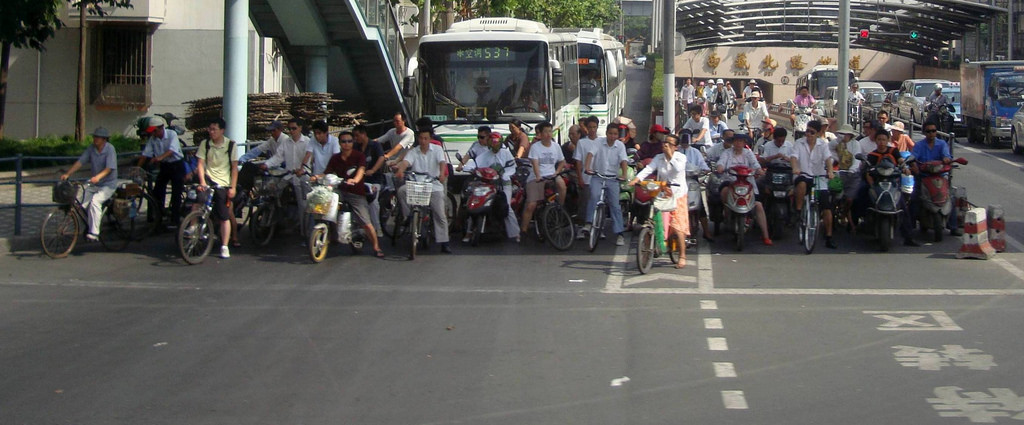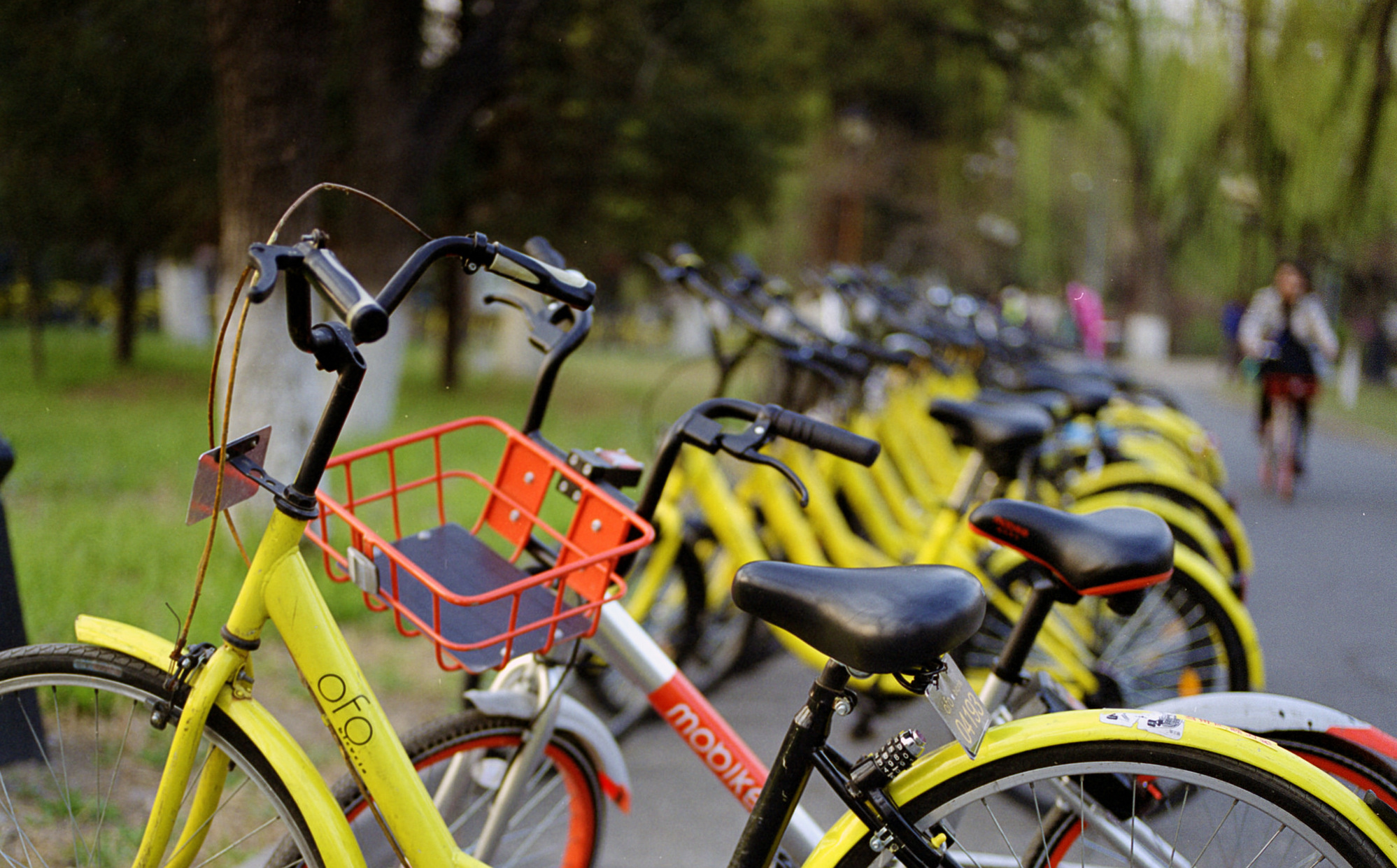
Environment
The precarious potential of megacities

Can China’s vision for low carbon cities retrieve the bicycle from its cultural past?
Published 19 May 2017
In just thirty years, the bicycle, once the transport of choice for up to 523 million people in China, has become a relic of the past. From the 1970s, though until the early 1990s, bicycles offered mobility, comfort and prestige, making China internationally famous as the ‘Kingdom of Bicycles’.
Bicycles were regarded, along with watches, radios and sewing machines, as one of the four essential household items – known as ‘san zhuan yi xiang’ which translates to ‘three rounds and a sound’. After two decades of modernisation and motorisation, private cars now stubbornly remain top of the list of household status symbols.

But with the rapid motorisation of Chinese society, a formerly low-carbon national transportation system has become a liability as China seeks to green its economy. The much-vaunted return to a ‘kingdom of bicycles’ signified by widespread investment in bike share schemes is now struggling. And the encroachment on pedestrian and bicycle road spaces by automobiles has only continued to intensify the competition between cyclists and pedestrians.
University of Melbourne urban planning expert Professor Sun Sheng Han says China’s desire to green its transport through a bicycle revival is being held back by both institutional and infrastructure barriers.

Environment
The precarious potential of megacities
“It’s not enough to make bicycles freely available for hire in China’s cities; to assume that availability will suddenly create a renewed uptake of cycling in favour of driving cars,” he says.
Professor Han and his research team took to the streets of Xi’an, one of the country’s oldest cities which looks out over the expanse of inland China, to speak to 3,500 cyclists and non-cyclists.
Their questionnaires were modelled using parametric and non-parametric statistics. Parametric statistics use population data within set parameters. The data collected was compared with data from published and unpublished policy documents, along with interviews of practicing planners, urban managers and decision makers in both Xi’an and other Chinese cities.
The research found that since 2013, the bicycle has made a return to Xi’an in the form of public rental bicycles at a rate faster than most other inland cities.
“The Municipal Government initiated a low-carbon transport project in 2013, targeting the provision of 50,000 public rental bicycles, or ‘bike share’, to 2,000 service stations covering the entire city by the end of 2015. The most recent statistics show that daily usage is at 138,000 rental records,” says Professor Han.

Despite this significant investment in getting bicycles back on the streets, there are currently no examples of city-wide bicycle network planning and design in China, let alone Xi’an.
“This runs in contrast to government’s stated desire for green transport and promoting energy saving and emission reduction,” says Professor Han.
“The competition for road spaces between cyclists and car users leads to tensions. It is imperative to address this tension in formulating bicycle transport plans. Urban plans for promoting cycling will not work if done in isolation from planning for cars.”

Health & Medicine
Designing cities with health in mind
Professor Han’s team discovered that lower middle-income residents, students and young professionals make up the majority of cyclists in Xi’an, though there were some cyclists from high-income backgrounds.
“We were surprised to see a very small number of cyclists who were very well-equipped with top quality bicycles and race gear. That’s a sign of that other section of the population: the affluent. While the uptake of cycling amongst the affluent is in its infancy, we may be starting to see this new and positive way of framing the benefits of cycling,” he says.
Older residents from lower middle-income backgrounds are more likely to use a bicycle, either a privately-owned conventional bicycle or one from the bike share rental scheme, primarily to shop and socialise. In other words, those who are old enough to remember ‘san zhuan yi xiang’ but do not own a car are more likely to have cycled all their lives.
But in an echo of the past, high-school students are also more likely to own their own bikes and use them to commute. Younger cyclists are the main users of start-ups like Mobike and Ofo bikes which have emerged very recently in Chinese cities.
But the infrastructure around encouraging a cycling culture is key.

“Government policies, and laws and regulations still promote motorisation at the expense of bicycle transport. As to the infrastructure for cycling, the absence of continuous, safe and pleasant bicycle lanes and the lack of bicycle related facilities make the road unwelcome to cyclists.
“Innovative urban planning is required to redistribute the road resources, along with strong support by new infrastructure and government,” says Professor Han.
Bike share programs alone won’t revolutionise the greening of China’s transport system. The revival of commuter cycling will fail unless cyclists are given back their place on the roads.
Banner image: A classic Chinese bicycle resting against a Beijing fence. Photo: Televiseus/Flickr